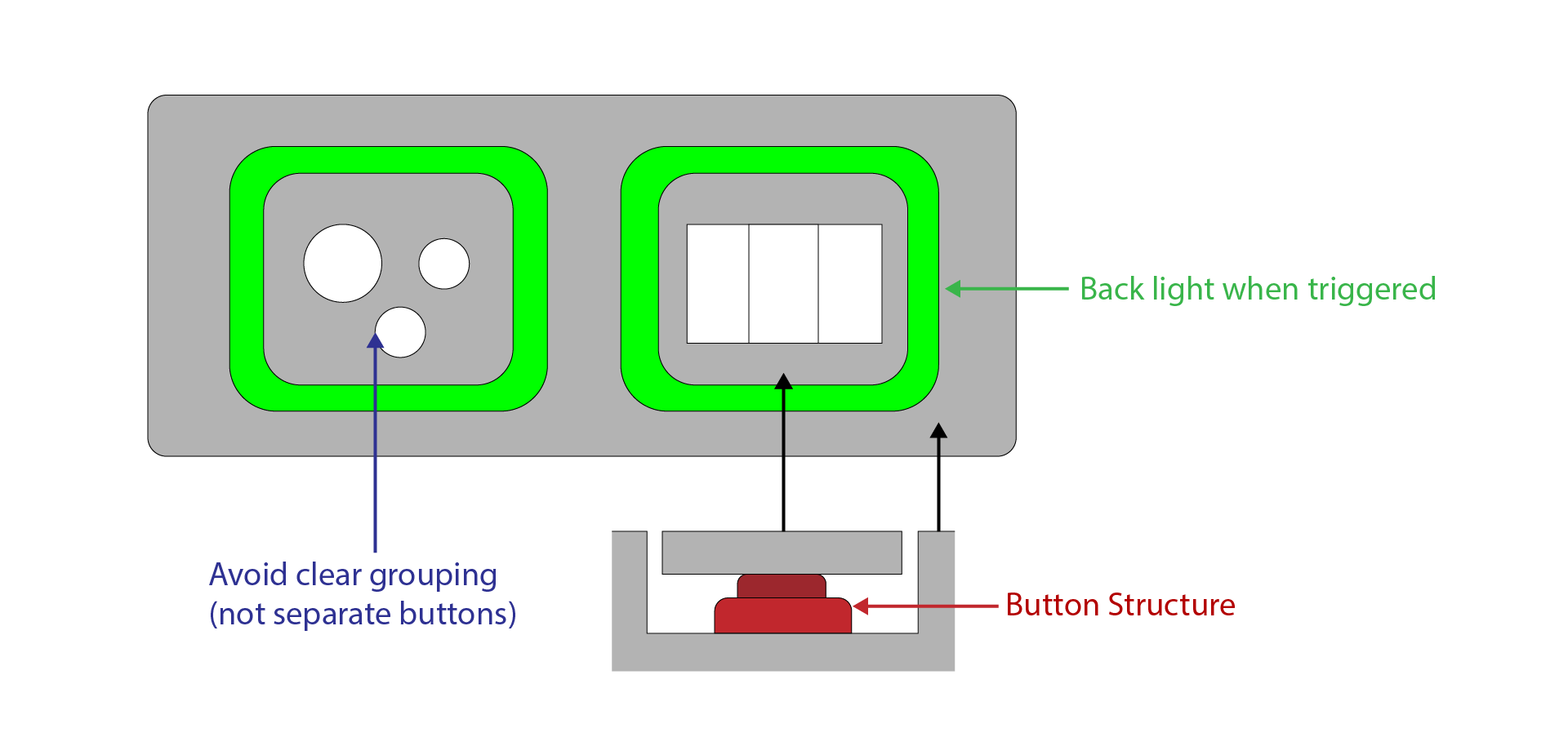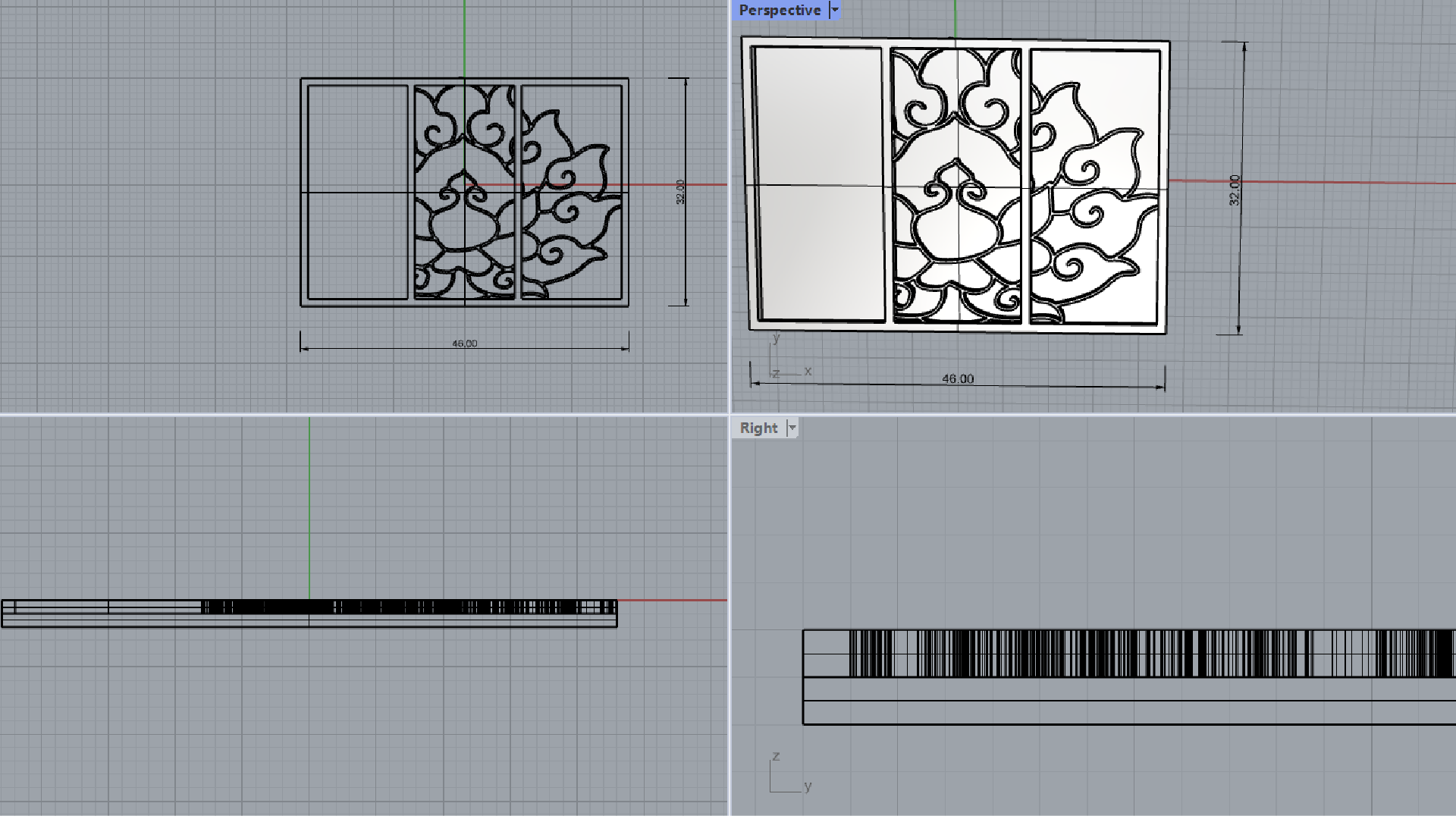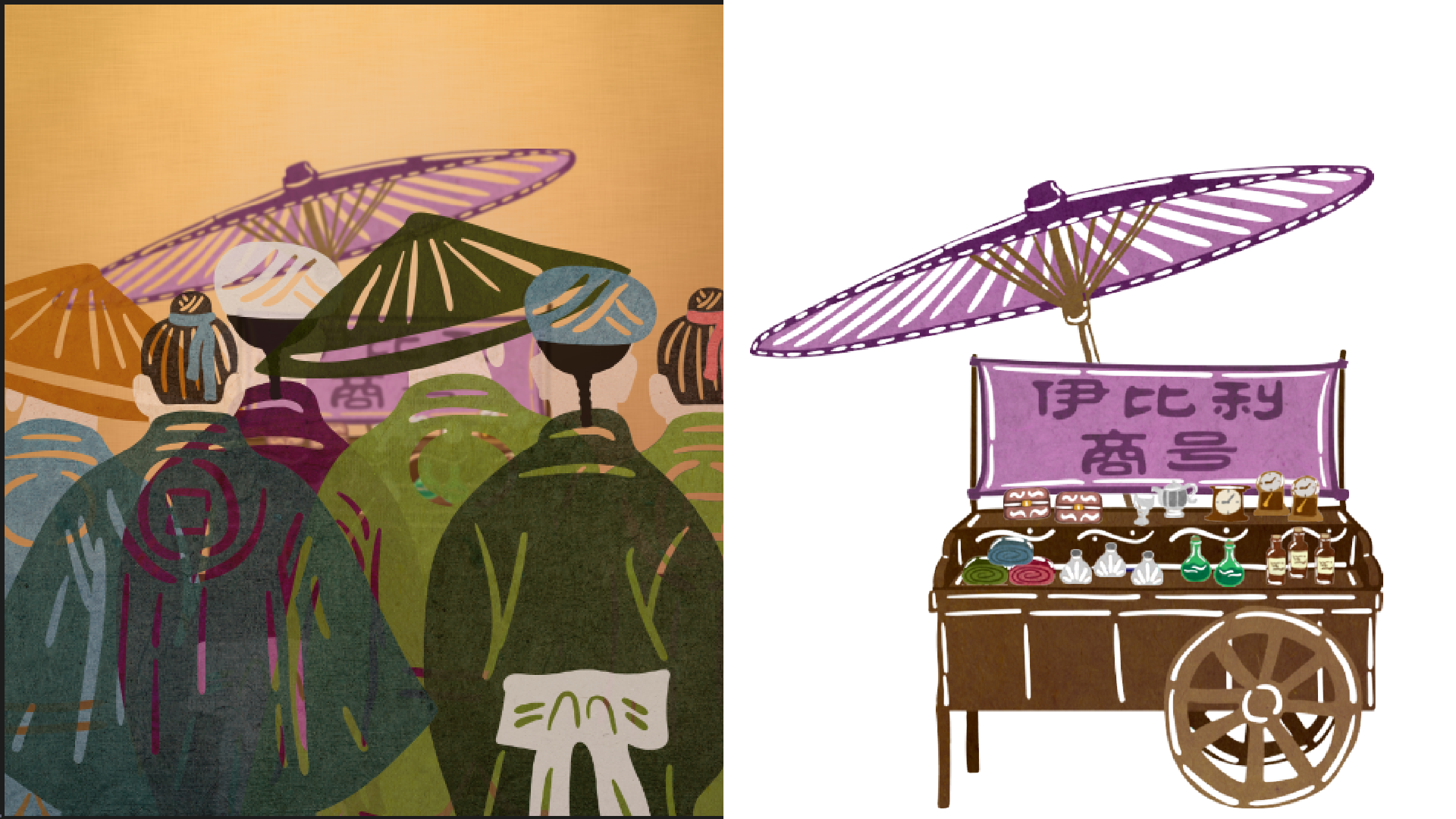For week 7 I mainly focused on reflecting on the feedback I got from the midterm showcase and resume into making of the animation and physical part of my project.
Positive Feedback:
1. I discussed the connection between my research and my project outcomes with them. They acknowledged that the problem I am addressing is meaningful and that my outcomes align well with my research.
2. They gave high praise for the animation part of my project.
3. They believed that my project was at a reasonable level of completion at this stage but also pointed out some areas for improvement.
Area for Imporvement:
1. The first concern was the accuracy of the distance sensor at such a close range. They noted that using it for the final product might affect stability.
2. The second point was about interaction in the museum environment, where most objects are not meant to be touched. They emphasized the importance of clearly indicating that this installation is an exception and encourages touch. Even using the most direct methods, such as textual reminders, is necessary. Otherwise, visitors might still hesitate to interact with the installation, even if they notice signs suggesting it is touchable, which could negatively impact their interactive experience.
Area for Imporvement:
1. Many people tend to use their fingers to tap on the samples while interacting with my installation. However, the sensor cannot detect finger interaction. Because of this, I need to redesign the sensor setup.
2. Many users assume that each different coin and the right-side samples represent separate buttons, rather than different steps in the interaction. In reality, there are only two interactive modules—left and right. I need to clarify that not every coin acts as a separate button.
3. The current interaction lacks sufficient feedback. Although an animation plays on the screen when triggered, if users continue interacting while the animation is already playing, there is no additional response. This might lead them to think the installation is malfunctioning. To address this, I need to implement clearer feedback for user interactions.

Clearly defining the boundaries of the left and right interaction modules to prevent users from perceiving each coin as a separate button. This will help eliminate any unintended grouping.
Replacing the distance sensor with a hidden button structure embedded beneath the panel. This modification will allow interactions to be triggered regardless of whether users tap with their fingers or press with their palms. Additionally, the button itself will provide tactile feedback.
Enhancing interaction feedback by installing a set of lights beneath both modules. When a button is pressed, the corresponding lights will illuminate, reinforcing the feedback mechanism. This will ensure that users receive confirmation of their input, even if the animation has already started playing.

This week, I modeled the sample for Chapter 2. Based on the feedback I received, it is no longer divided into three separate pieces as in the original design. Instead, it now presents three different materials on a single metal plate. The model is approximately 5 cm wide, allowing users to feel each material with their fingers. I have also contacted a metal workshop, and they will help fabricate this model in metal. Once I receive their output, I will determine the next steps for cleanup or further processing.
Additionally, this week I continued working on the next scene, which takes place in a marketplace. In this scene, the third character, a Spanish merchant, will make an appearance and provide the protagonist with inspiration for their work. Since this scene involves multiple shifts in distance—such as the crowd parting to reveal the merchant’s stall—there are many aspects that need to be carefully considered in the animation design.

